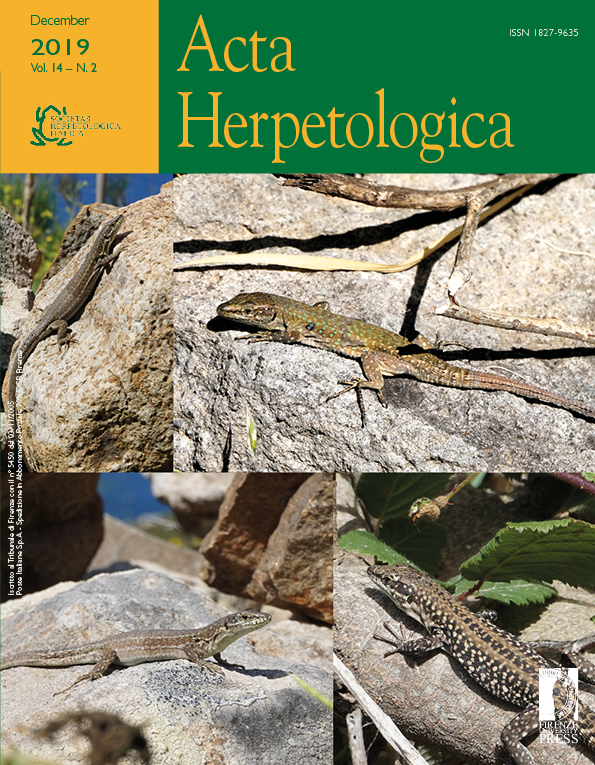Published 2019-12-27
Keywords
- lymphocyte,
- Chelonia,
- desert,
- Mapimí Biosphere Reserve
How to Cite
Abstract
We present findings of our preliminary study to determine biometry and blood chemistry values of healthy wild individuals of the critically endangered Bolson tortoises (Gopherus flavomarginatus) in Mexico. Given the absence of previously published data regarding hematology parameters for this species, these results represent an important base for additional research. Hematocrit determination, stains, and cell counts were performed, as well as 18 parameters of blood chemistry. Values of biometry and blood chemistry for G. flavomarginatus were similar to reference values those already reported for G. agassizii, G. polyphemus, and G. berlandieri. These similarities reflect the phylogenetic relationships among these species. However, slight differences may point to particular adaptations that each has developed to their own habitat, and so point to questions to be addressed with future research.






